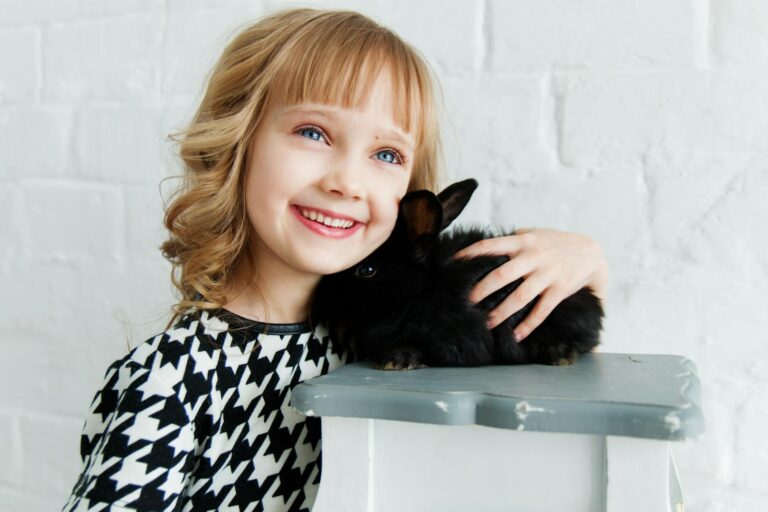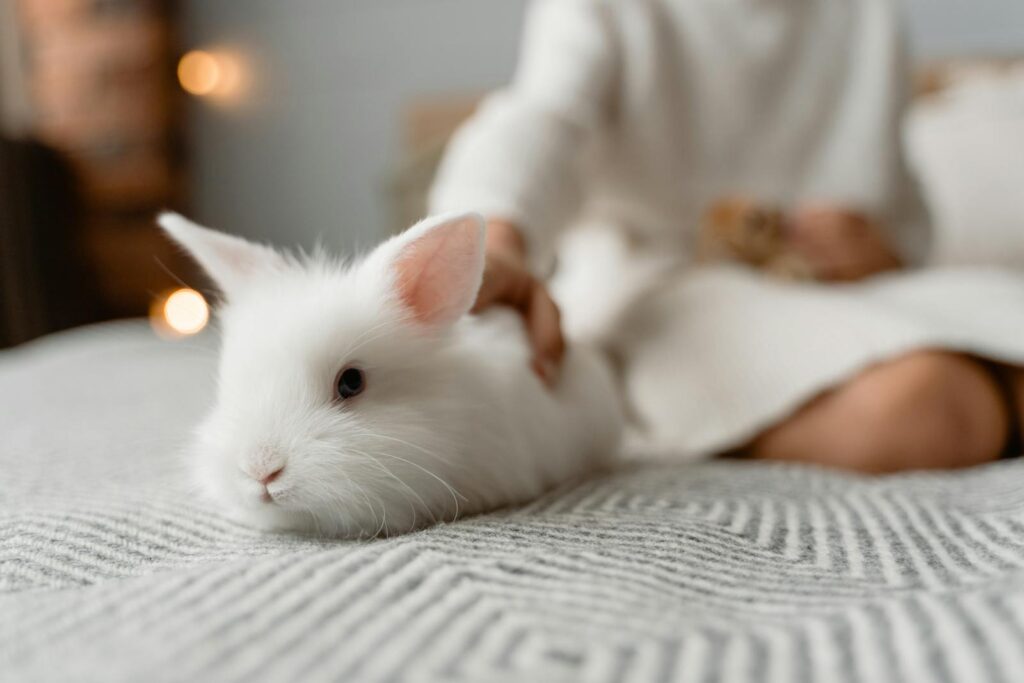Rabbits, with their twitching noses and expressive ears, have a unique way of communicating that often leaves us puzzled. Understanding rabbit body language is crucial for rabbit owners and enthusiasts alike, as it helps us decipher their needs, emotions, and overall well-being. By learning to interpret these subtle cues, we can forge stronger bonds with our furry friends and ensure their happiness in our care.
The Importance of Observing Rabbit Behavior
Rabbits are prey animals, which means they’ve evolved to hide signs of illness or discomfort as a survival mechanism. This makes understanding rabbit body language even more critical for their caretakers. By paying close attention to their body postures, ear positions, and facial expressions, we can gain valuable insights into their physical and emotional states.
Ear Positions: A Window to Their Mood
One of the most noticeable aspects of rabbit body language is their ear positioning. These long, expressive appendages can tell us a lot about how a rabbit is feeling:
1. Upright and alert: This usually indicates curiosity or attentiveness.
2. Flattened against the head: This could signal fear or aggression.
3. Relaxed and slightly tilted back: A sign of contentment and relaxation.
Body Postures: Decoding Comfort Levels
A rabbit’s overall body posture can provide crucial information about their comfort level and emotional state. Understanding rabbit body language through posture includes:
1. Stretched out: A sign of complete relaxation and trust.
2. Hunched up with tense muscles: This could indicate pain or fear.
3. Standing on hind legs: Often a sign of curiosity or alertness.
Facial Expressions: Subtle Yet Significant
While rabbits may not have the same range of facial expressions as humans, their faces can still convey important information. Pay attention to:
1. Nose twitching speed: Rapid twitching might indicate excitement or anxiety.
2. Eyes: Wide, bulging eyes can signal fear, while half-closed eyes often mean contentment.
3. Teeth grinding: Gentle grinding (known as “tooth purring”) indicates happiness, while loud grinding can signal pain.
Understanding rabbit body language through facial expressions requires close observation and practice, but it’s an invaluable skill for any rabbit owner.
Vocalizations: When Rabbits Speak Up
Although rabbits are generally quiet animals, they do use vocalizations as part of their communication repertoire. Learning to interpret these sounds is another crucial aspect of understanding rabbit body language:
1. Soft grunting: Often a sign of contentment or mild annoyance.
2. Loud squealing: This usually indicates severe pain or fear.
3. Thumping: A warning signal to other rabbits about potential danger.
Did you know…
Rabbits have nearly 360-degree vision but cannot see directly in front of their noses or directly behind them. This unique visual field plays a significant role in their body language, as they may turn their heads to get a better view of something that has caught their attention.
Tail Movements: Subtle Signals
A rabbit’s tail, though small, can convey important information about their mood and intentions:
1. Raised tail: Often seen during mating behavior or when marking territory.
2. Twitching tail: This can indicate irritation or displeasure.
3. Relaxed, neutral position: Generally a sign of contentment.
Understanding rabbit body language includes paying attention to these subtle tail movements, which can provide valuable clues about your rabbit’s state of mind.
Grooming Behavior: A Sign of Trust and Affection
Grooming plays a significant role in rabbit communication. When rabbits groom themselves or each other, it’s not just about cleanliness – it’s also a social behavior that can indicate:
1. Self-grooming: Often a sign of contentment and relaxation.
2. Mutual grooming: A strong indicator of bonding and affection between rabbits.
3. Grooming their human: The ultimate compliment, showing trust and acceptance.
By recognizing and understanding rabbit body language related to grooming, we can better appreciate the depth of our relationship with these gentle creatures.
Interpreting Context: The Key to Accurate Understanding
While learning individual signals is important, the true art of understanding rabbit body language lies in interpreting these cues within their context. A single behavior can have different meanings depending on the situation, so it’s crucial to consider:
1. The rabbit’s environment
2. Recent changes or stressors
3. Interactions with other animals or humans
4. Time of day and normal routines
By taking a holistic approach to understanding rabbit body language, we can more accurately interpret their needs and emotions, leading to better care and stronger bonds.
Understanding rabbit body language is a skill that develops over time, with patience and careful observation. By learning to interpret your rabbit’s subtle cues, you’ll be better equipped to meet their needs, ensure their well-being, and build a deeper, more rewarding relationship with your furry companion. Remember, every rabbit is unique, so take the time to get to know your individual bunny’s communication style. Share this article with fellow rabbit enthusiasts to spread awareness about the importance of understanding these adorable creatures’ silent language!


